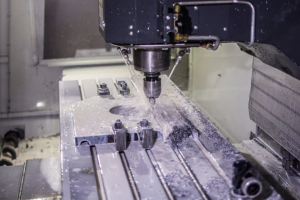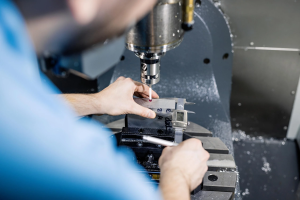Application of Milling in Automobile Manufacturing
Milling is widely used in the automotive manufacturing industry and is an important process for processing key components.
In engine manufacturing, milling ensures the precision of planar machining such as the top and bottom surfaces of the cylinder block, ensuring a tight fit of the cylinder head; complex cavities like the air passages and combustion chambers of the cylinder head are formed through CNC milling to optimize air intake efficiency. The machining of end faces and keyways of crankshafts and camshafts also relies on milling, laying the foundation for assembly.
In chassis processing, the bearing holes and positioning planes of the gearbox housing achieve high precision through milling, ensuring stable gear transmission; the machining of connecting holes and mounting surfaces of structural parts such as control arms and steering knuckles by milling balances efficiency and strength, ensuring driving safety.
In body manufacturing, the machining of mounting planes and holes of door hinges and seat slides by milling ensures assembly consistency; the cavities and cutting edges of automotive panel dies are formed by milling, guaranteeing the quality of stamping parts.
With its processing capability and precision control, milling supports the efficient production and quality improvement of the automotive manufacturing industry.


